Promoting the soft power of culture
From September 2016, when the Government issued the Strategy for the Development of Vietnam's Cultural Industries to 2020, with a vision to 2030, until now, we can clearly see that the birth of the strategy is Vietnam's effort in the innovation process to remove bottlenecks, change perceptions to form a policy framework capable of creating change and integration of cultural industries.
The strategy set the goal of building 3 creative design centers: Hanoi, Da Nang, Ho Chi Minh City. 3 years later, on October 30, 2019, Hanoi became the first creative design city in Vietnam to join the UNESCO Creative Cities Global Network (UCCN). Hanoi's success not only affirms the ability to realize the goals set out in the strategy but also inspires and determines other cities to enhance international connectivity, improve the competitiveness of creative design products and services in the market towards meeting the requirements of sustainable development.
 |
Fashion is identified as one of the areas in the Strategy for Developing Cultural Industries in Vietnam that is making remarkable progress. Photo: VIET TRUNG |
The Government's promulgation of the Project "Developing a network of creative cities in the UNESCO creative cities system" in early 2023 has created conditions for Vietnamese cities to be well prepared for their options for developing cultural industries when joining the UNESCO Creative Cities System. This is also a project that has the potential to effectively support, so that in early November this year, we became the only country in Southeast Asia to have 2 cities joining the network. That is Da Lat, a creative music city, and Hoi An, a city of crafts and folk arts. The appearance of 3 creative cities on the global creative cities map is a solid foundation for Vietnam to be able to determine its goal in the next phase of becoming a cultural industry center that attracts and converges creativity in the Southeast Asian region.
Entering the 21st century, the acceleration of cultural globalization in the context of the 4.0 industrial revolution, on the one hand, contributes to promoting the shift of cultural centers around the world, on the other hand, it also increases competition for the diversity of cultural expressions expressed in cultural products and services. In that context, the 2005 UNESCO Convention on the Protection and Promotion of the Diversity of Cultural Expressions was adopted and Vietnam - as a responsible member of UNESCO, has shown its positive contribution through action through the promulgation of the strategy. The process of implementing the strategy has affirmed that the policies developed clearly demonstrate the ability to protect and promote the diversity of cultural expressions, gradually promoting the image, identity and increasing the attractiveness and persuasiveness of Vietnam's cultural soft power.
While protecting and promoting culture is of paramount importance, cultural products and services themselves contribute across a range of sustainable development goals – including those of creative cities, decent work and economic growth, reduced inequality, environmental protection, gender equality, innovation, peace and social inclusion. Therefore, the role of cultural industries in Vietnam through the implementation of the strategy is gradually being affirmed, contributing both directly to socio-economic benefits and to the effectiveness of development interventions.
In the period of 2018-2022, the average growth rate of the number of economic establishments operating in the cultural industry over the past 5 years will reach 7.21%/year; in 2022, over 70,000 establishments are operating related to the cultural industry and the average labor force will attract about 1.7 million to 2.3 million people, an increase of 7.44%/year. The production value of Vietnam's cultural industry in the period of 2018-2022 is estimated to contribute 1,059 trillion VND (44 billion USD).
Comparing our statistics after 7 years with the general situation in the world, it can be seen that Vietnam is a "middle-class" country in terms of developing the cultural industry and there is still a lot of room for development. Because the products and services of the cultural industry have a higher rate of added value compared to production costs, contributing to saving resources, promoting and combining natural factors, culture, national identity, meeting the goal of sustainable development of the country.
Dream of Southeast Asia's cultural industry center
The strategy for developing Vietnam's cultural industries to 2020, with a vision to 2030, aims to strive for the revenue of cultural industries to contribute 7% of GDP by 2030, so that culture is not only a "spending money" industry but also a "making money" industry. However, after nearly 7 years of implementing the strategy, cultural industries have not yet been regulated by legal documents, lacking legal policies to create a legal corridor for the development of this new, potential field, in which policies on resource mobilization play a key role.
The reality of the development of the cultural and information industries requires us to identify and focus on overcoming shortcomings, removing bottlenecks in institutional implementation, and building and perfecting policies capable of creating mechanisms to promote the development of cultural products and services associated with sustainable development requirements in the new period.
Regarding the goal, it is necessary to determine: By 2030, Vietnam will become a dynamic cultural and industrial center of Southeast Asia.
Regarding solutions and policies: It is necessary to continue to build and perfect the legal system to optimize resources for the development of cultural industries. To optimize endogenous resources from culture, it is necessary to review, amend, supplement and build new legal policies to create motivation for cultural and artistic creation, cultural export, promote cultural facilities, cultural institutions and policies to promote economic development in culture, culture in the economy, and cultural market. Perfect institutions and policies to mobilize resources for cultural development focusing on effective use of State resources, mobilizing social resources and optimizing endogenous resources from culture. Perfect the policy system, adjust and build the Strategy for the development of Vietnam's cultural industries to 2030, with a vision to 2045, focusing on improving the competitiveness and integration of the cultural market, forming a focused, key and visionary industry structure.
Build a cultural industry fund and a database of cultural industries, perfect foreign cultural policies capable of promoting proactive integration, enhancing international cooperation and cultural exchange to create a strong spread of Vietnamese cultural values to the world.
The challenges that Vietnam is facing always contain suggestions about opportunities to choose the right development path in the future. That is, it is time for Vietnam to go beyond the limits of the incompletely calculated approach to cultural industry to move towards sustainable development.
The Strategy for the Development of Vietnam's Cultural Industries issued together with Decision No. 1755/QD-TTg dated September 8, 2016 (Strategy 1755) identifies Vietnam's cultural industries as including the following fields: Advertising; architecture; software and entertainment games; handicrafts; design; cinema; publishing; fashion; performing arts; fine arts, photography and exhibitions; television and radio. |
Source


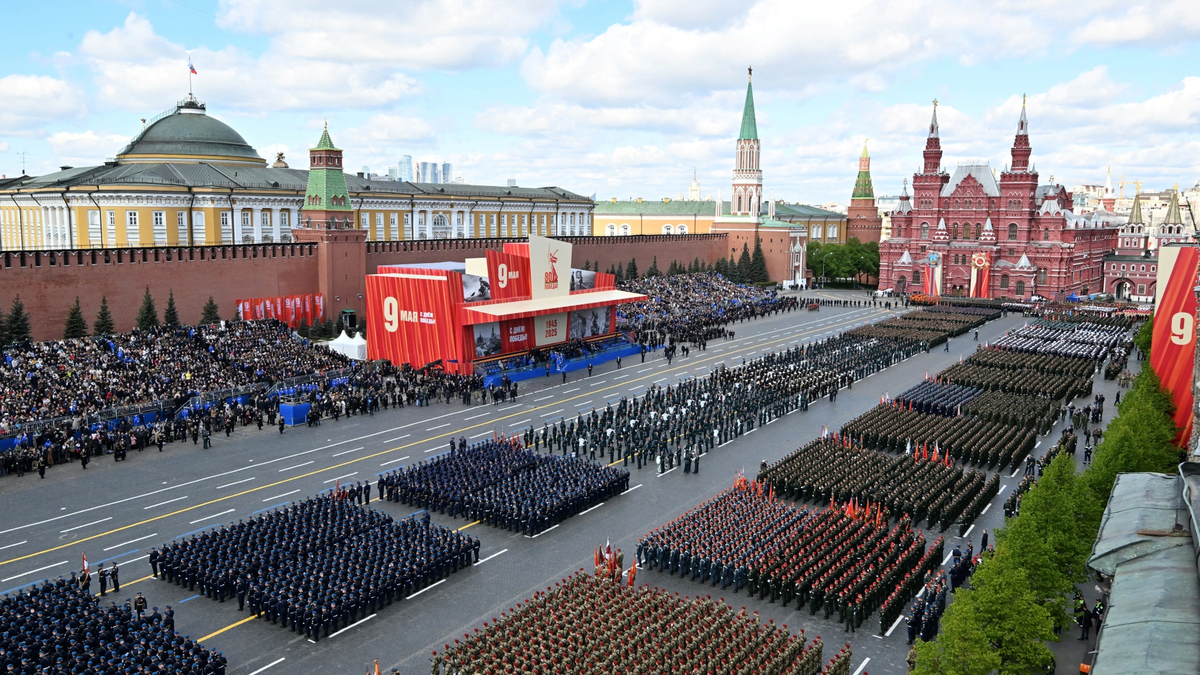
![[Photo] Prime Minister Pham Minh Chinh chairs a special Government meeting on the arrangement of administrative units at all levels.](https://vphoto.vietnam.vn/thumb/1200x675/vietnam/resource/IMAGE/2025/5/9/6a22e6a997424870abfb39817bb9bb6c)
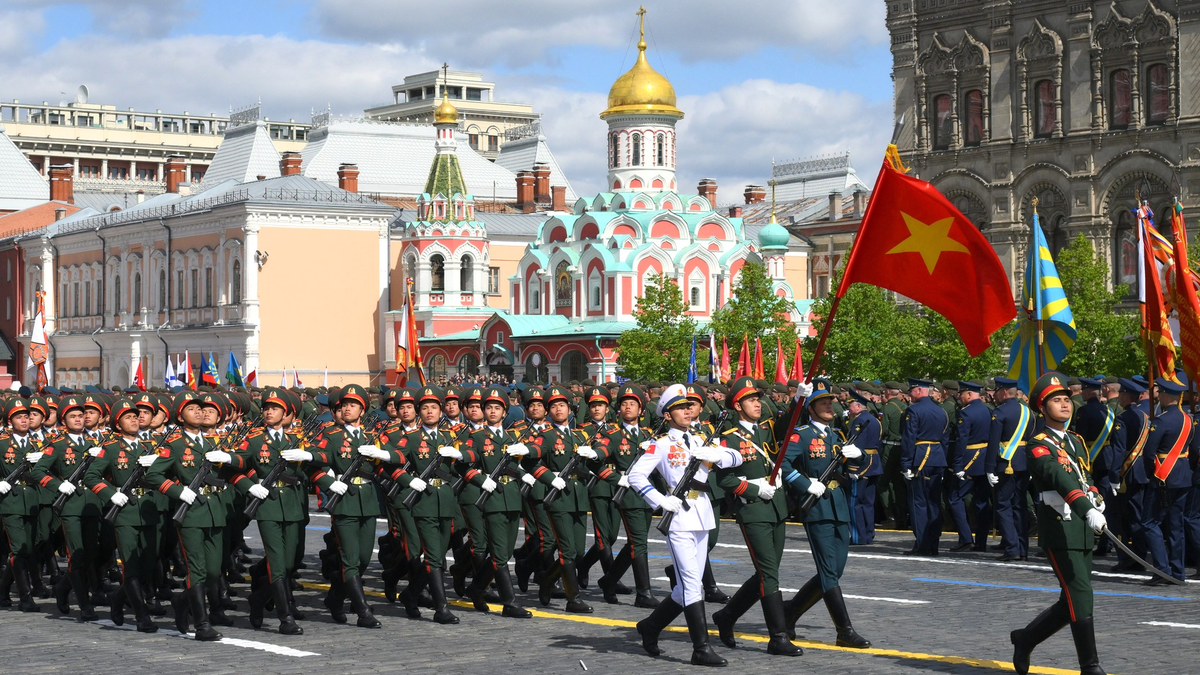
![[Photo] Russian military power on display at parade celebrating 80 years of victory over fascism](https://vphoto.vietnam.vn/thumb/1200x675/vietnam/resource/IMAGE/2025/5/9/ce054c3a71b74b1da3be310973aebcfd)
![[Photo] General Secretary To Lam and international leaders attend the parade celebrating the 80th anniversary of the victory over fascism in Russia](https://vphoto.vietnam.vn/thumb/1200x675/vietnam/resource/IMAGE/2025/5/9/4ec77ed7629a45c79d6e8aa952f20dd3)





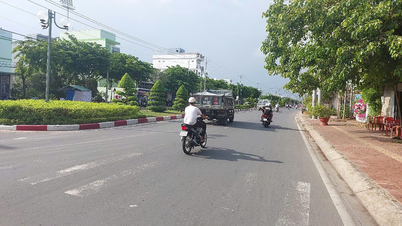









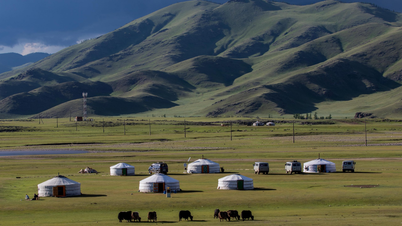

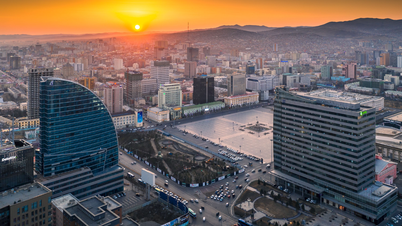
![[Photo] Magical moment of double five-colored clouds on Ba Den mountain on the day of the Buddha's relic procession](https://vphoto.vietnam.vn/thumb/1200x675/vietnam/resource/IMAGE/2025/5/9/7a710556965c413397f9e38ac9708d2f)


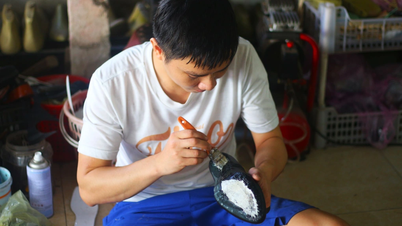

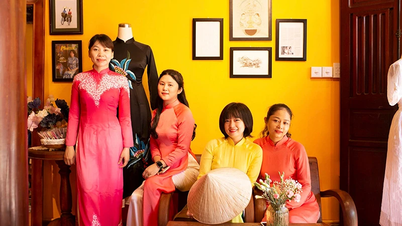

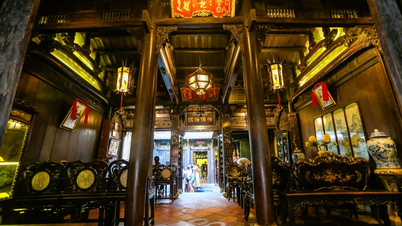
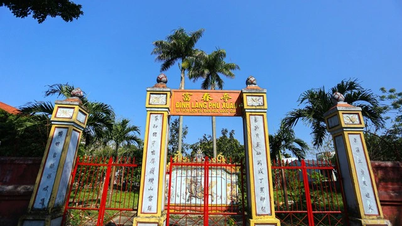

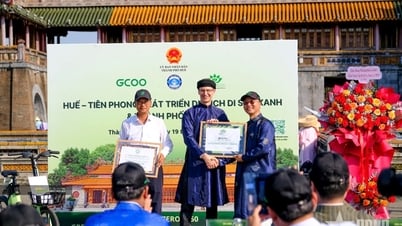


















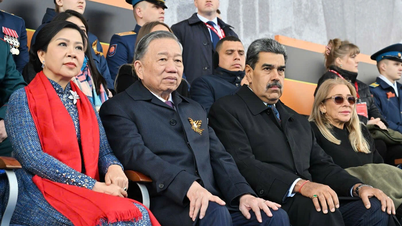
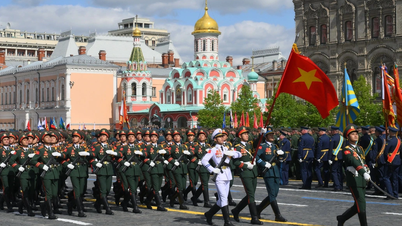

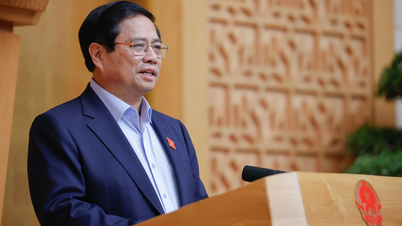
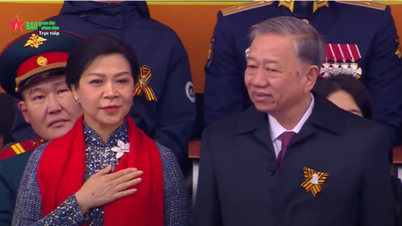




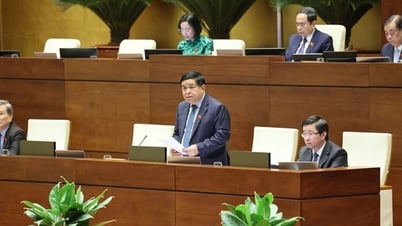

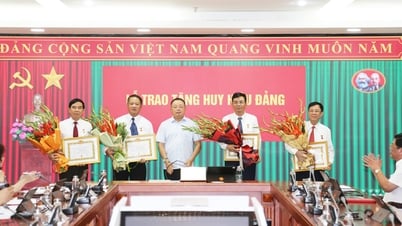




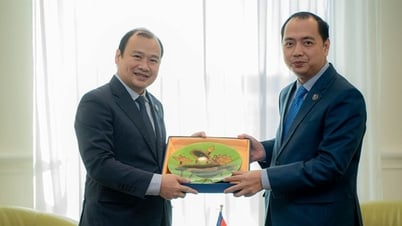


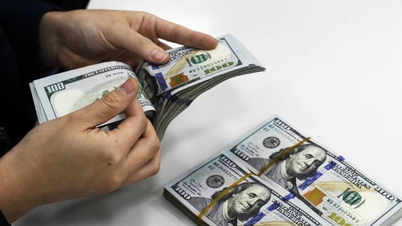
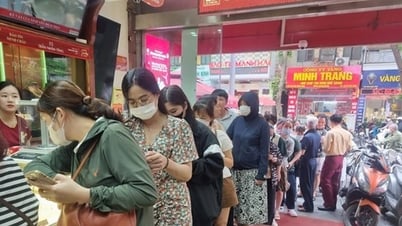





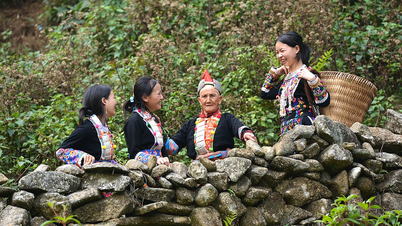









Comment (0)